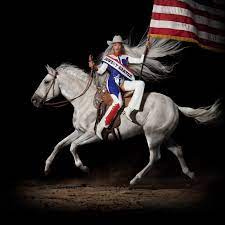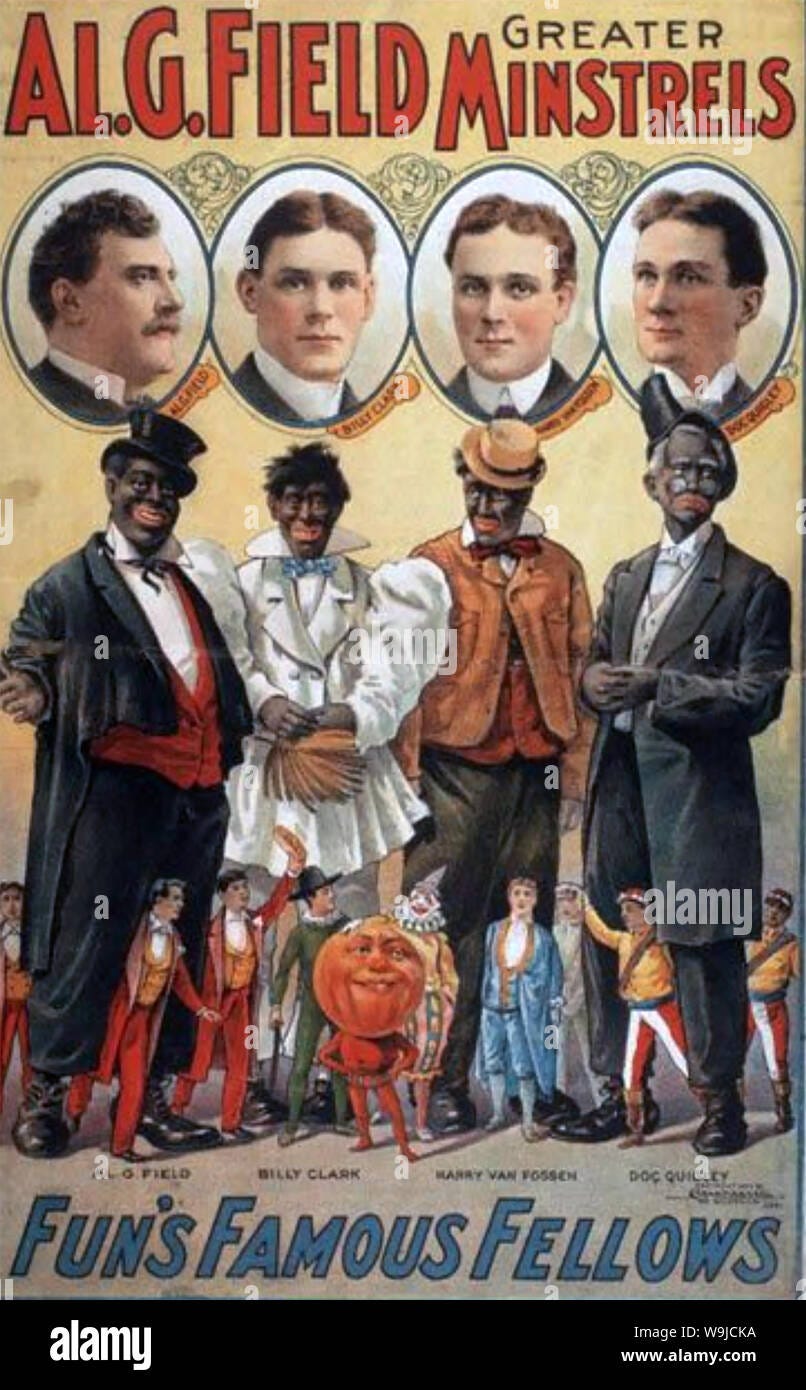Hello reader! ( I should probably find a name for you guys instead of this Bridgerton like introduction, maybe you guys can even suggest)
How are you doing? I hope you are doing great and if you are not, I hope you feel better soon.
Today’s newsletter was brought to you courtesy of Iya Ibeji, the one and only Beyonce. Let me backup and explain how we got here. On the 29th of March, 2024, Beyonce released her eight studio album. Cowboy carter is following Renaissance as the second album in a planned trilogy.
Now to know me is to know I LOVE BEYONCE. Mummy twins is one of my G.O.A.Ts so of course I was excited about Beyonce’s album especially because my good sis was writing a long caption.
I listened to the album and I do think it’s a spectacular album. I really do think Beyonce is one of those once in a generation kinds of talent that pushes boundaries(both boundaries in terms of her skill and her transition into country music). I have some thoughts about the album and they are:
I find the album (sonically at least) very intriguing. I don’t enjoy every sound (at least not at the point I am writing it), I do however respect a creative that takes risks, is innovative and challenging. I don’t think the songs I don’t like are bad, just not for me. I do think she truly is an exceptional artiste and I think Cowboy Carter is a testament to that.
I find the imagery of the album fascinating. Yes, I do know it’s probably in reference to the rodeo queen but I do think the imagery is fascinating considering there seems to be a backdrop of conversations about how black americans built America e.g how the 14th amendment and the civil rights act have opened the floodgates for a chance at equality for other groups, as well as the history of Black Americans rejecting “American patriotism” at different periods i.e slave revolts, black people fighting for the British because of the promise of freedom etc.
There are many things one can discuss about this album. From what she is doing sonically, vocally etc but I am going to focus on whose voices were featured on the album. She featured country musicians like Shaboozey, Tanner Addell, Brittney Spencer, Tiera Kennedy and Reyna Roberts, all people I think you should check out their own albums. She also featured the greats, Dolly Parton and Willie Nelson. The main point of this essay is to highlight the historical black innovators in music that Beyonce drew from in Cowboy Carter.
On SMOKE HOUR ★ WILLIE NELSON, we hear the radio play we hear some songs namely:
Chuck Berry: Maybellene
Sister Rosetta Tharpe: Down by the riverside
Son House: Grinning in your face.
Charles Anderson: Laughing Yodel
Roy Hamilton: Don’t let go.
One of the things I really like about Beyonce is she not only cares about music but she also studies or at least is around people who study. I think it’s evident in her albums but especially in Cowboy Carter. Her inclusion of the people I have mentioned earlier and Linda Martell in “The Linda Martell show” and in “Spaghetti” shows that Beyonce doesn’t just understand Black American influence on country music but Black American influence in various genres and how race and segregation contributed to the erasure of that legacy.
I am sure by now you have already heard how Black Americans influenced country music i.e how the banjo, a country staple, was an instrument that has evolved from it’s Senegambian roots to the music genres of America through African American slaves. I do however want to have a nuanced discussion on how African American influence on country music and music in general using the people mentioned above as a jumping off point.
Before we dive deep into the stories of the people highlighted, let’s discuss American music’s relationship with race. I am sure some of you are thinking “ American music has a relationship to race”. I am here to say yes and I would like to take us to what I consider the genesis, the first great American cultural export - minstrelsy. Minstrelsy originated in the 1800s as a way to entertain the white American audience. The first minstrels show was performed by white performers in New York with blackened faces.
The performances made a caricature of African Americans leaning into stereotypes such as black people are lazy, ignorant, hypersexual etc Thomas Darmouth Rice created the first popular blackface character known as “Jim Crow”( This would become the name of the laws and systems that discriminated against African Americans in the south from the late 19th century until 1965). The popularity of minstrelsy was the fuel to the fire of some sub industries i.e sheet music.
From the genre bending of black artists not being properly compensated or acknowledged to the use of genres to lock black people into certain levels of success. These things constituted the climate all these musicians were creating breathtaking art in. Now that we have established the context, let’s dive into the artistes.
CHUCK BERRY
Chuck Berry has rightfully been seen by many to be the father of rock ‘n’ roll and a genre transcending trend setter and one of the genres he influenced was American country music.
He was born Charles Edward Berry to Henry and Martha Berry on October 18th, 1926. He had an early exposure to music from school and church. In the md-1950s, he was on a search for a record contract in Chicago, a pivotal location for Black American music. It was there he met Muddy Waters, who suggested he meet with Chess Records. Weeks later, he recorded what is probably his most famous hit, Maybelene, which reached number 5 of the pop charts.
He was one of the most influential Rock ‘n’ Roll artistes of the 20th century but he also influenced Country music to have grit. His style of playing guitar influenced Country artistes to make songs that had character and were made from courageous creativity.
Listen to "Maybellene" by Chuck Berry
SISTER ROSETTA THARPE
In many alternate timelines, the story of who is colloquially known as the godmother of Rock ‘n’ Roll would have been forgotten. In this timeline, she was almost forgotten. Let’s go back to the beginning to understand the woman who I consider to be a trendsetter.
She was born as Rosetta Nubin on March 20,1915 in Cotton Plant, Arkansas to Katie Bell Nubin and Willis Atkins. At age six, she joined the church and accompanied her mum as a regular performer in a travelling evangelical ensemble. After her short marriage with Thomas Tharpe ended, in 1938 she moved with her mother to New York. Her success in New York landed in the Lucky Millander’s Orchestra. She recorded songs such as “ Rock Me”, “The lonesome road” and many more which propelled her to being a successful recording artiste. Her brand of music was categorised as gospel but a lot about the style of her way of making and performing music especially her use of the electric guitar influenced people who we associate with Rock ‘n’ Roll.
Little Richard called her his greatest influence and Chuck Berry said his career is “one long Sister Rosetta Tharpe impersonation”. Even the ‘greats’ such as Johnny Cash and Elvis were influenced by her. She may not be a name you could have recognized immediately before reading this but her legacy lives on.
Listen to "Down by the riverside" by Sister Rosetta Tharpe
CHARLES ANDERSON
Earlier in this essay, I wrote about minstrelsy and a bit on how it functioned. Let’s go back to it because I want to delve into one of America’s oldest musical traditions, yodel. As racist as minstrelsy was in America, it was also the medium that produced the first set of American pop stars. I am not here to debate the ethics of people undergoing slavery and discrimination performing minstrelsy. It was debated by African Americans of that time and it’s still debated by people more informed than me. All we need to know for this essay is that black people became part of minstrel performers.
By 18880’s the minstrel show had been replaced by Vaudeville and American Burlesque shows but with all the racist stereotypes. In this climate is where we had American blue yodelers like Charles Anderson. He was born in Snow Hill, Alabama and by 1909, he became an active vaudeville performer. He was called by one reviewer “the male mockingbird” and he regularly performed as a female impersonator as the popular stereotype of black women “mammy”. He went on to perform songs like “ Baby seal blues” and many more. Anderson’s career was ultimately a negotiation with and navigation around the status quo.
Listen to Laughing yodel by Charles Anderson
There are many thoughts I have about Cowboy Carter, some of them include:
Why is her hair blonde when she is creating music close to her roots? (This was inspired by Tressie Mcmillan Cotttom TikTok, I will not take credit for this).
What is the role of the flag on the album?
The different stories told on this album from American requiem to Jolene and many more. Whatever you and I thoughts are (both good, bad and critical), I think it’s safe to say that Beyonce is well studied in the area of American music, history and implications. It’s clear she is in conversation with people before her and attempting to chart a map and I think we should at least be paying attention to it.
Thank you for reading.
If you enjoyed reading, kindly share.
See you next time my inconsistent self decides to write again.
REFERENCES
The story of Chuck Berry by Britannica





“Mummy twins” is offing me 😂😂😂